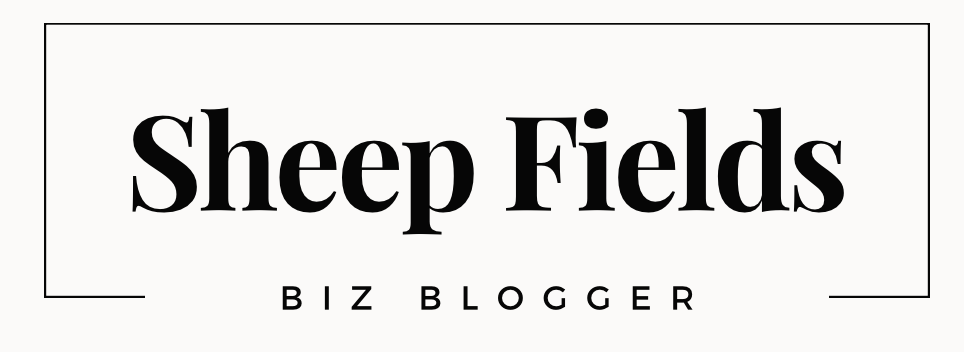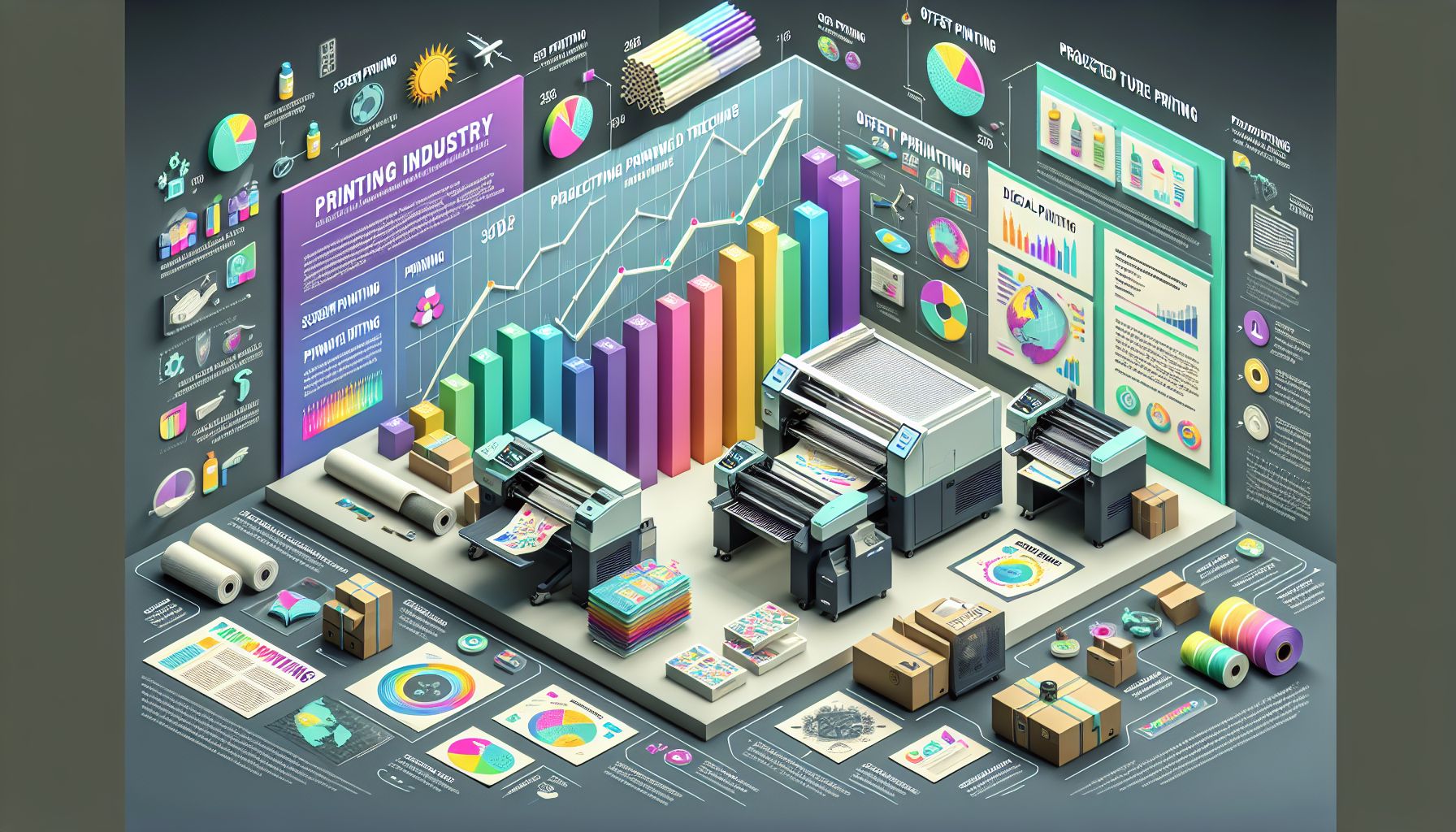
Introduction:
The printing industry has seen significant advancements in recent years, driven by technological innovations and changing consumer demands. From digital printing to eco-friendly practices, this blog post explores the latest trends in the printing industry. Understanding these trends is essential for both consumers and businesses to stay relevant and make informed choices in this rapidly evolving market.
I. Digital Printing Revolutionizes the Industry
Digital printing has emerged as a game-changer for the printing industry, revolutionizing production processes and offering countless benefits to both small-scale and large-scale businesses. Unlike traditional printing methods, digital printing eliminates the need for printing plates and allows for shorter print runs, faster turnaround times, and cost-effective production. With advancements in inkjet and laser technologies, digital printing offers superior print quality, color accuracy, and customization options. The rise of digital printing has significantly increased the accessibility, affordability, and versatility of printed media.
II. Personalization and Customization: Catering to Individual Needs
In the era of personalization, consumers are increasingly seeking unique and personalized products that reflect their individuality. This trend has penetrated the printing industry as well. From customized promotional items to personalized photo albums, the demand for personalized printing products continues to grow. Digital printing technologies allow businesses to efficiently produce small-batch, customized prints at a reasonable cost. As a result, printing companies are shifting their focus to providing personalized solutions and tailored services to cater to this growing demand.
III. Sustainability Takes Center Stage
With growing environmental concerns and the push for eco-friendly practices, sustainability has become a critical factor for both businesses and consumers. The printing industry, which historically had a significant impact on the environment, is now embracing sustainable practices. Printing companies are adopting environmentally friendly materials, such as vegetable-based inks and recycled papers, to reduce their carbon footprint. Moreover, the introduction of energy-efficient printing equipment and waste-reducing techniques is further contributing to the industry’s eco-friendly transformation. Customers are increasingly opting for printing companies that prioritize sustainability, making it a key trend that industry stakeholders cannot afford to overlook.
IV. Advanced Product Augmentation Techniques
To enhance consumer engagement and make printed materials more interactive, the printing industry is turning to advanced product augmentation techniques. Augmented Reality (AR) and Near Field Communication (NFC) are being integrated into printed media to transform static prints into dynamic and immersive experiences. By scanning a printed item with a smartphone or tablet, users can access additional digital content, such as videos, animations, or product information. This integration of digital technologies with printed media enhances brand experiences, fosters customer loyalty, and opens up new opportunities for businesses to communicate their message effectively.
V. Rise of 3D Printing in the Printing Industry
While 3D printing is most commonly associated with the manufacturing sector, its impact on the printing industry cannot be ignored. As 3D printers become more accessible and affordable, printing companies are exploring the potential of this technology. From creating prototypes and architectural models to manufacturing personalized products, 3D printing offers exceptional versatility. The ability to print complex designs and intricate details in a shorter time frame presents new opportunities for businesses and designers alike. As the technology continues to evolve, 3D printing is undoubtedly a trend that will shape the future of the printing industry.
VI. Automation and Efficiency Improvements
Printing companies are increasingly integrating automation technologies into their production processes to improve efficiency, reduce costs, and streamline workflows. Automated systems can handle various tasks, from color calibration and material selection to print finishing and packaging. This not only speeds up the production process but also minimizes human errors and allows for better quality control. Additionally, automation technologies enable printing companies to offer faster turnarounds, lower prices, and improved customer experiences. As technology continues to advance, further automation and efficiency improvements are expected to drive the printing industry forward.
VII. Conclusion
The printing industry is evolving at a remarkable pace, driven by technological advancements and shifting consumer preferences. From the digital printing revolution and the rise of personalization to sustainability practices and advanced product augmentation techniques, staying abreast of these trends has become vital. Consumers can now enjoy greater customization options, reduced environmental impact, and more interactive print experiences. For businesses, understanding and adopting these trends can lead to increased efficiency, better customer satisfaction, and a competitive edge in this dynamic industry. As the printing industry continues to embrace innovation, it is undoubtedly an exciting time for both consumers and industry professionals alike.
Note: This blog post is merely intended as an informative piece and does not constitute professional advice or endorsement of any specific products or companies.
Author: OpenAI

